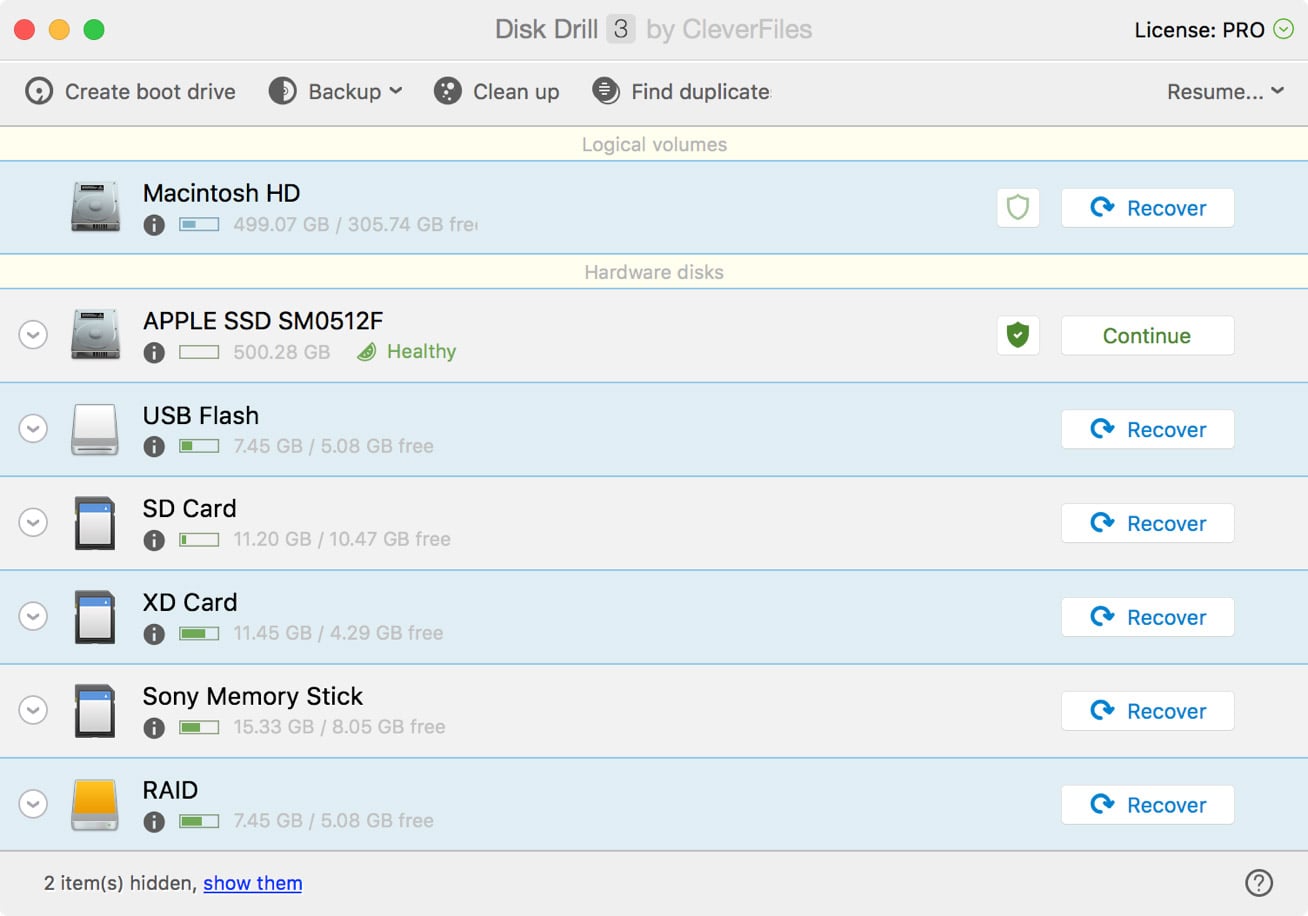Safest Disk Utility For Mac
Disk Utility: After booting from an alternative boot disk and launching Disk Utility, you can run this routine by clicking either the 'Verify Disk' or 'Repair Disk' buttons with the desired drives. That means your Mac cannot find the boot loader. Now, since you said that you were able to go into disk utility, you already know how to boot into Recovery Mode. Free photo editing software mac. What I am assuming you saw when you were working in Disk Utility is something similar to this: The SuperDrive being greyed out is probably because the drive is empty.
Is your Mac running slow? If you've tried everything else to get performance back to what it was, it may be time to Repair your disk. So, how and why should you do it? Repair Disk isn't the first option you should choose if your Mac is ailing, but it is helpful when (for example): [ Related: ] • Performance has degraded • Data is missing • You are experiencing degraded system performance after a power cut. • As part of general Mac maintenance Macs are computers and like any computer the software on your disk can degrade. All your data is software, too, so even this can be affected.
Your Mac stores all your data in a directory on your disk. This helps your operating system find the data and make sense of that information, retrieving it from storage on the disk or volume. Sometimes information can be damaged in some way. When this happens your Mac can have a tough time finding or using that data, which slows down the overall performance of your machine.
You can sometimes repair these problems using Disk Utility, which offers two key tools, Repair Disk Permissions, and Repair Disk. Use Repair Disk Permissions first. Repair Disk Permissions Once you've backed up your data and restarted your Mac, the first thing you could try using Repair Disk Permissions. This verifies and repairs permissions on the system and Apple apps on your Mac. It checks what those permissions should be against those you have on your computer. Why would these be different?
For example, some third-party apps make temporary changes to System permissions as part of the installation process but some fail to restore permissions once installed. This can slow down your Mac. [ ] Using Repair Disk Permissions Launch Disk Utility and select your Mac in the list at the left of the app window. In the First Aid pane beside it look to the bottom left and you'll find two commands, 'Verify Disk Permissions' and 'Repair Disk Permissions'. Select Repair Disk Permissions. (The Verify command may identify a problem but you'll still need to fix it, so use the Repair command so you don't need to run the problem-finding function twice.) Disk Utility will do its best to identify and repair any permissions problems that may be affecting performance. Repair Disk If Repair Disk Permissions has failed to improve system performance, use the Repair Disk option that's located to the right of Repair Disk Permissions.
You cannot Repair the disk that is running your Mac system. In order to do so you'll need to enter Recovery Mode. To achieve this hold the Command and r keys while you restart your Mac. In the screen that appears select Disk Utility. Cinemagraph pro for mac.
Once in Disk Utility select your startup volume (it's called Macintosh HD by default) and click the Repair Disk button. Disk Utility will now attempt to identify and repair any problems. Once the process is finished you should restart your Mac and see if performance improves. In the event it does not it is worth restarting your Mac in Safe Mode -- in this mode your Mac only loads those system components it needs in order to run.
Powerpoint 2016 embed font. You can't use your Mac properly in this mode -- things like graphics or some apps won't work well or at all. Safe Mode lets you determine if your Mac works any better when it is not running third party software.
You can return to normal mode by simply restarting your Mac. Also read: • • • • • • Google+? If you use social media and happen to be a, why not join community and join the conversation as we pursue the spirit of the New Model Apple? Drop me a line via or in comments below and let me know. I'd like it if you chose to so I can when fresh items are published.

Best Disk Utility For Mac
• Print this page so you can refer to it later. (You don’t have access to the Disk Utility User Guide when you restart your computer in the next step.) In the Disk Utility User Guide window, click the Share button, then choose Print. • Choose Apple menu > Restart. After your Mac restarts (some Mac computers play a startup sound), press and hold the Command and R keys until the Apple logo appears, then release the keys. • Click Disk Utility, then click Continue. • Choose View > Show All Devices. • In the sidebar, select the disk you want to repair.